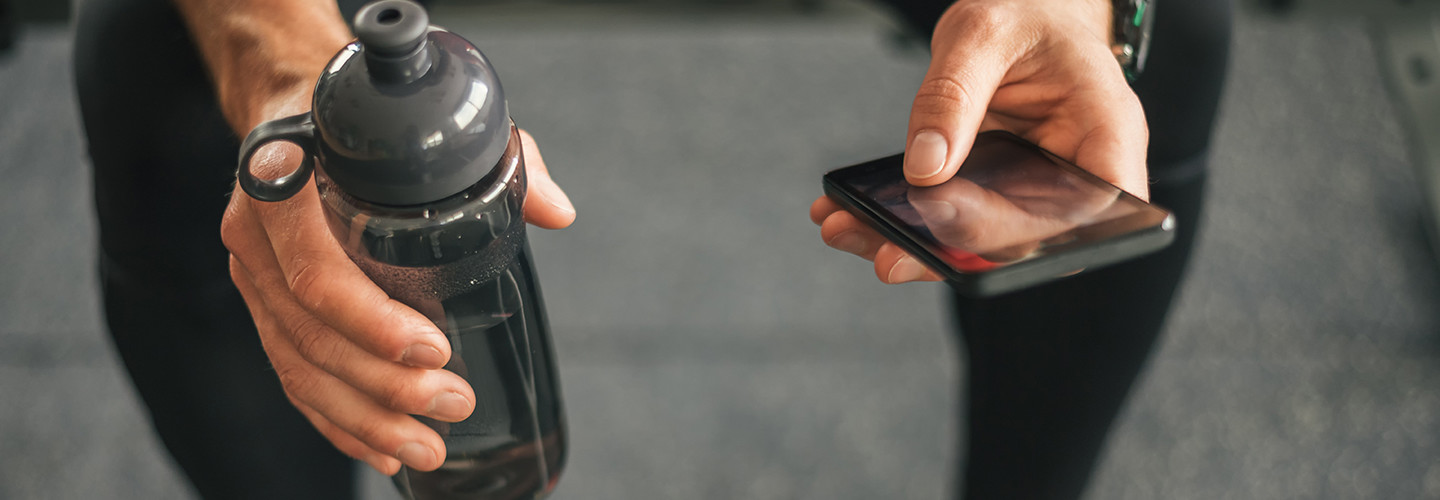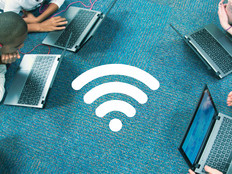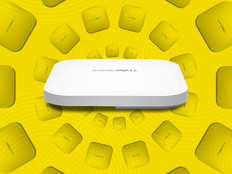4 Ways Technology Is Reshaping Athletics
As technology makes its way into every aspect of a modern-day education, it’s not surprising that digital tools can be leveraged in school sports and even physical education.
From paperless football playbooks to wearables and data collection, K–12 schools are finding unique uses for tech in their athletic departments.
SIGN UP: Get more news from the EdTech newsletter in your inbox every two weeks!
1. Internet Connectivity Fuels Athletic Innovation
While Eufaula City Schools might be the oldest school district in Alabama, it certainly is not behind the times when it comes to technology adoption. This past year, Eufaula High School’s athletic facility got a $3.2 million face-lift, complete with technology, Extreme Networks reports.
Like with all tech deployments, establishing internet connectivity was the first step.
“The main goal of the project was to transform its new athletic facility into a technologically advanced hub to encourage optimal student athlete performances, which was reliant on having a strong wired and wireless deployment in place,” reports Extreme Networks.
Thanks to the sectional antennas, access points and cables from Extreme Networks, Eufaula’s athletic program could innovate using other technologies.
2. Going Paperless Optimizes Achievements
At Eufaula’s athletic center, the strong wireless connections allowed the facility to create a bring-your-own-device zone where students can bring their school-issued or personal devices to watch game films and practice videos. Bryan Moore, the athletic director and head football coach, tells Extreme Networks that because of the Wi-Fi he can conduct online workouts, too.
Extreme Networks reports that the new network also allowed for the deployment of Internet of Things devices to facilitate data collection, like workout monitors through tablets on weight racks and water fountains that measure fluid intake.
3. Wearable Tech Boosts Student Health
Wearables are also an integral part of Eufaula’s data collection, assisting coaches with tracking each athlete’s progress. However, wearable devices can be a useful tool for physical education, too.
In a post on EdTech, physical education teacher Victor Kass writes that his students use FitBit Charge HR watches to analyze their activity levels and physiological responses to various exercises.
“This process also lends itself really well to cross-curricular connections with numerical concepts in mathematics,” writes Kass.
Experts agree that wearables are a natural fit for physical education because they appeal to digital natives and make it easier to assess physical fitness.
“Teachers benefit from more precise assessment tools, and students are able to carry the lessons they learn in P.E. classes into the rest of their lives,” reads a Spark blog post.
4. VR Upgrades Athlete Recruitment
Student athletes are even seeing technology emerging as they prepare to select a college. As universities recruit for their football teams, many are turning to virtual reality to show students how it will feel to step out on the field.
For the University of Minnesota, using VR can not only show prospective students what the football stadium looks like but shed stereotypes on what life on the campus might be like.
“There’s certain misconceptions people around the country have about life here in Minnesota, such as the weather,” says Minnesota’s head football coach, Tracy Claeys, in a Forbes article. “We wanted to not only dispel those, but help them understand what a day in the life of a Golden Gopher would be like, from player development to game day to campus and city life.”








